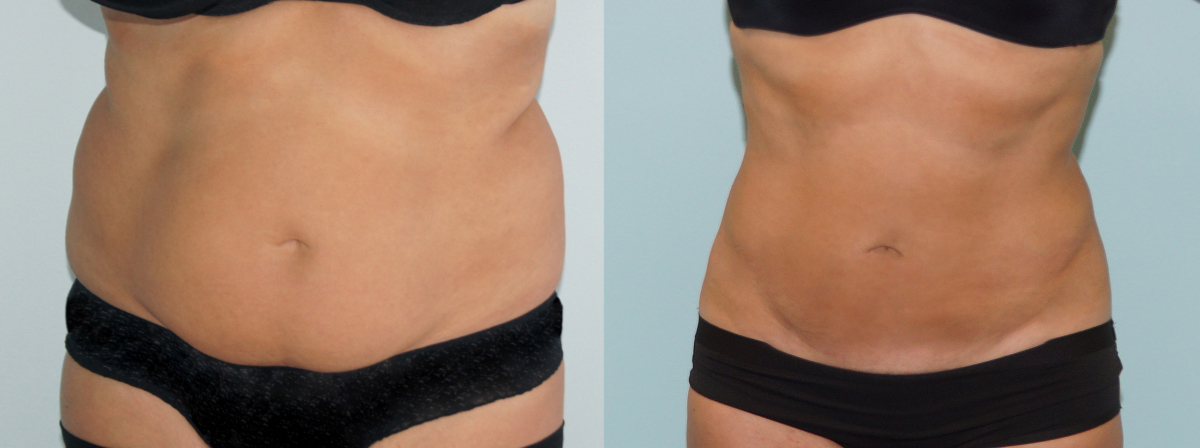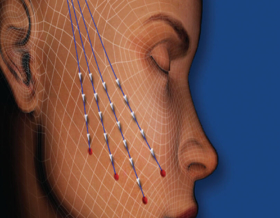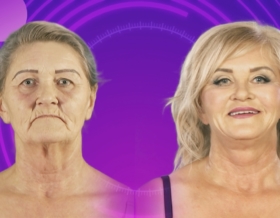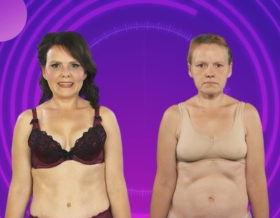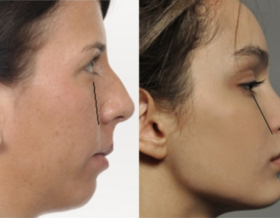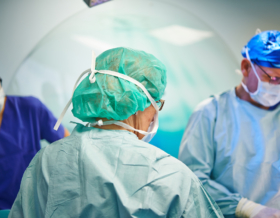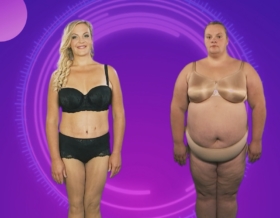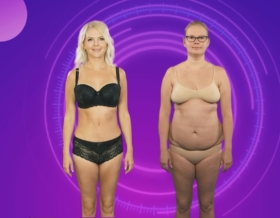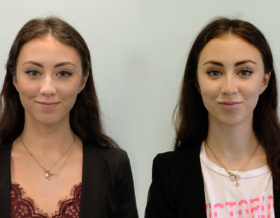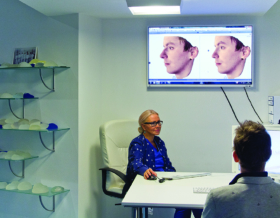 https://www.christinasclinic.ee/wp-content/uploads/Uuspilt.jpg
673
1024
cc
https://www.christinasclinic.ee/wp-content/uploads/Christinas-Clinic-LOGO.png
cc2015-11-24 16:35:292021-10-14 14:12:07Aesthetic Surgery – A Growing Trend Among Men
https://www.christinasclinic.ee/wp-content/uploads/Uuspilt.jpg
673
1024
cc
https://www.christinasclinic.ee/wp-content/uploads/Christinas-Clinic-LOGO.png
cc2015-11-24 16:35:292021-10-14 14:12:07Aesthetic Surgery – A Growing Trend Among MenLiposuction – answers to frequently asked questions
Many people know how annoying may be the “handles” or a soft tummy. Do abdominal exercises as much as you want, but stubborn fat clings to your stomach. Liposuction may be the solution.
How long does the procedure take?
Liposuction lasts from 30 minutes to 2 hours, depending on how much and from how many areas fat is removed.
Is liposuction performed under general anesthesia?
Liposuction areas are usually relatively large, therefore, we do liposuction using general anesthesia. General anesthesia makes the operation more comfortable and easier for both the patient and the surgeon.
Who does liposuction suit?
Liposuction is for people who want to remove local fat deposits to change the proportions of their body. For example, those who have fat deposits on the abdomen, hips, buttocks or legs, or on the jaw and neck, will benefit from the operation. It is important to understand that liposuction is not a way to remove inter-organ fat and that the purpose of surgery is not a weight loss. We advise patients with a body mass index above 30 to lose weight either through proper nutrition and exercise or by bariatric surgery.
Is it true that after liposuction new fat cells do not appear in the same area of the body?
Fat cells build up in the body until the end of puberty. After that, no more fat cells will be formed; their number in the body will remain constant. Hereafter, changes in body weight will occur at the expense of existing fat cells filling up or emptying from fat. In order to get rid of the local fat and disturbing proportions forever, fat cells must be surgically removed during liposuction.
How to avoid fat reproduction?
Our bodies are used to being constant – with a certain temperature, mass and water content. This is called the body’s set point. When the set point drops sharply due to liposuction, the body thinks that the organism is getting sick and is starting to reproduce fat to improve the condition. Fat retention does not take place overnight, but is a long-term process, and following the dietary guidelines provided by the clinic and maintaining the new weight for at least half a year is important for ensuring that the percentage of fat does not return after liposuction. For example, a person should restrain eating fats, including good fats, for a period after surgery.
What results to expect after liposuction?
In any case, liposuction is a positive operation. If a person contributes to exercise and proper nutrition after surgery, the results are good. If the person does not want to change his/her diet and the fat percentage is restored, the visual impression is still much thinner. Fat now accumulates in the remaining cells evenly throughout the body. It is very different whether a person has evenly gained 3 kg of body weight or 3 kg (three litre jar) of fat is in one specific area. Locally removed fats always give the impression of a much greater weight loss. It is quite common for a patient to have 4 litres of fat removed from the abdomen or thighs and close relatives think the loss has been 15 kg.
Is the recovery painful and how long does it take?
Liposuction is an effective way of getting a new look with minimal and invisible scars, and recovery from the procedure which has been made with a good machine is quick and painless. In case of good health, you may have the procedure done effortlessly. After liposuction, the area of the procedure will be gentle for a while and may show slight bruising depending on the patient’s blood composition and coagulation. The new type of liposuction device we use at the Christinas Clinic causes minimal trauma and all major blood vessels and connective tissue remain intact during the procedure. For liposuction from the areas 2, 4 or 6, a more relaxed period of 2 weeks is sufficient, for the area 12 a month is enough and then you can start exercising again.

